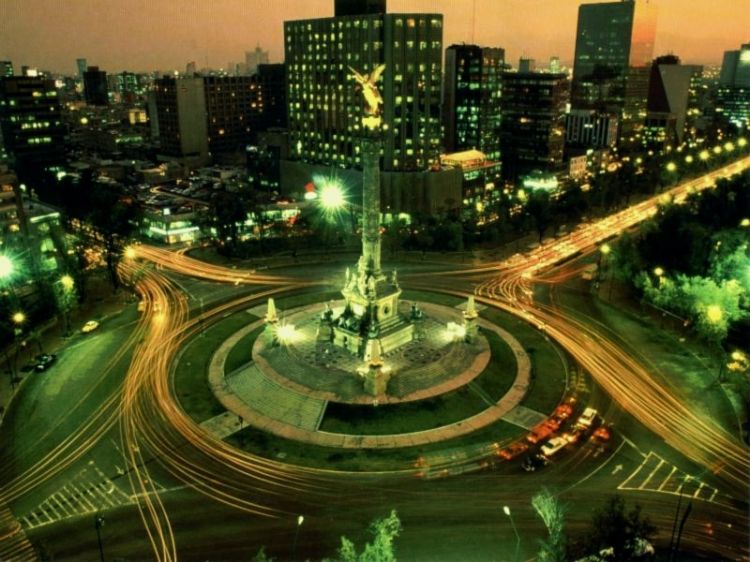16th of September, Independence day in Mexico

Mexicoâs Independence is the result of diverse social conditions experienced by New Spain and combined at the beginning of the 19th century. The Criollos had achieved administrative, political and military posts, but because of their condition, continued to be limited since the greater posts were only destined for Spaniards. This differentiation caused their discontent, forming the liberal ideology, which defended the right to occupy the summit of public posts, to receive equal to the Spaniards certain privileges that had been denied. Thatâs the reason why the precursors of the Independence also identified with the needs of the indigenous people and decided to unite their forces, since they not only defended the freedom of indigenous slavery, but also sought personal interests in the government.
Independence reached Mexico first in the conscience of Mexican intellectuals who had been influenced by the books of the French Illustration, which had been translated by such friars as the Jesuits, who are responsible for the translation of very important books for the development of the ideas of freedom in America. The ideas of a representative state, justice and commitment to the Citizen, soon penetrated the colonial world.
The independence movements were at first small isolated rebellions that didnât amount to much, they didnât have weapons, other than their machetes and sticks, and besides, it didnât feel like a clear independence movement, but rather as a form of protest.
Simultaneously, from Spain there was an enormous pressure to exploit and maintain the domain over the products that New Spain was sending to Europe, slowly concessions were taken away from the farmers, such as obtaining a percentage from the earnings of the mines and the fields. Spainâs crisis increasing pressure on its colonies was originated by the domain of Napoleon to the region, a moment of rupture that granted the opportunity for the Spanish colonies to seek their own freedom.
The illustrated Criollos, who were also integrated by representatives of the Church like Miguel Hidalgo, started a plan that we now know as the Conspiración de Querétaro, but when it was discovered it accelerated the start of the struggle and the taking of power by the Criollos. Miguel Hidalgo y Costilla decided on the night of September 15, in the villa of Dolores, as the parish priest, to call for help from the whole town, free the prisoners and take the weapons from the small local garrison.
The movement sometimes had to withdraw and reorganize, take and include more troops emerged from the towns. On the road, Miguel Hidalgo proclaimed various decrees such as the suspension of taxes, the abolition of slavery and the confiscation of goods from the Spaniards, as well as ordering the restitution of land to the farmers.
Morelos was another character who supplied great ideas to the movement. Morelos was the brain of the movement; it was he who took the determination of integrating a government of greater vigor than the one that had been established through the Junta Insurgente. He established in Chilpancingo, on the 14th of September 1813, the Anahuac congress.
But neither the organization nor sustaining the struggle were easy, since even though Spain was politically weakened, the conflicts between the insurgents emerged when electing the type of government the new nation should have. Between Agustín de Iturbide and Vicente Guerrero there was the temptation to establish a monarchic government, besides a single religion: catholic. So Mexico could enjoy a republican government it would still have to wait longer, however, the end of the independence struggle is represented when Guerrero and Iturbide established the Three Guarantees: unity, independence and religion, in 1821 after which the representative of Spain, Mr. Juan OâDonojú finally recognized the independence of the country on August 24 in the Cordoba Treaties.
Artículo Producido por el Equipo Editorial Explorando México.
Copyright Explorando México, todos los derechos reservados.
Foto: Wikipedia.org






